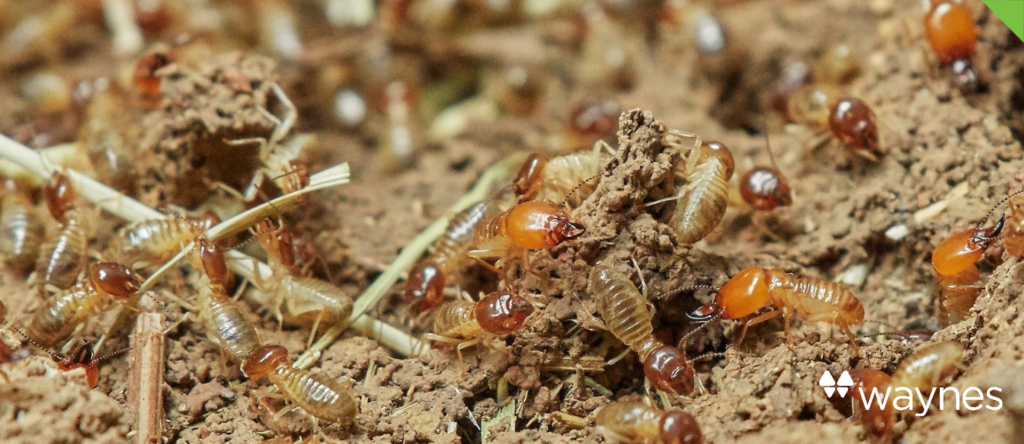Recently, I found myself close to… mandibles?…with what I thought was a bumblebee. Being the mild-mannered, calm mother that I am…not, I naturally panicked and fled from the rocking chair that I occupied at the time! In an effort to avoid another incident like that, I decided to do a little research on bumblebee prevention.
Turns out, the insect that made a B-line (pun intended) from the roof to my face was surprisingly not a bumblebee at all. It was actually what’s known as a carpenter bee. Apparently, it would have been better to have a bumblebee problem than a carpenter bee problem. Yay me…
As the name suggests, carpenter bees love wood. They don’t eat it though. Much like the bumblebee, they can be found feeding on pollen and nectar. This is the primary reason it is difficult to tell the two apart. Generally speaking though, the carpenter bee is much larger and lacks the stripes that a bumblebee has. A male will usually have a yellow face, while a female’s face will be black. The bumblebee’s abdomen is hairy and striped with black and yellow; while a carpenter bee’s abdomen is hairless, shiny, and black.
Carpenter bees love wood because of how well it insulates and protects their nest. They prefer wood that is weathered or unpainted and is commonly found nesting in eaves, window trim, or in the siding of your home. This would explain why the one I saw flew from the roof to my face looking to pick a fight!. By the way, that behavior is typical of a male carpenter bee even though he does not have a stinger. (FYI: Females do have a stinger and will sting if handled.) He does this to intimidate you into moving away from his territory! Believe me, it works!
Now notice I said territory and not nest. Well, these insects are considered to be solitary bees. That means they do not live in colonies. Instead, each female bee establishes her own nest once she reaches maturity. This is where having carpenter bees can be a problem. Each nest begins with a hole that is approximately ½” in diameter (the size of her body), a 90-degree turn, and then 6 to 8 successive chambers per nest. If one bee can cause that type of damage, consider for a moment what several female bees, establishing their own nests, will do to your property.
Unfortunately, there is no one size fits all treatment that will help control pests like carpenter bees. In fact, each season may require a different step to fully rid your property of these pests. The best you can do as a homeowner is to regularly check the perimeter of your home for any signs infestation. (i.e. circular holes, bees darting at your head, etc…)
If you see any questionable damage, we advise you to call a certified professional right away to determine the best treatment plan for you and your property. As always, should you need someone, our team at Waynes will be right here ready to serve you. Please don’t hesitate to give us a call today. 1-866-WAYNES1.









